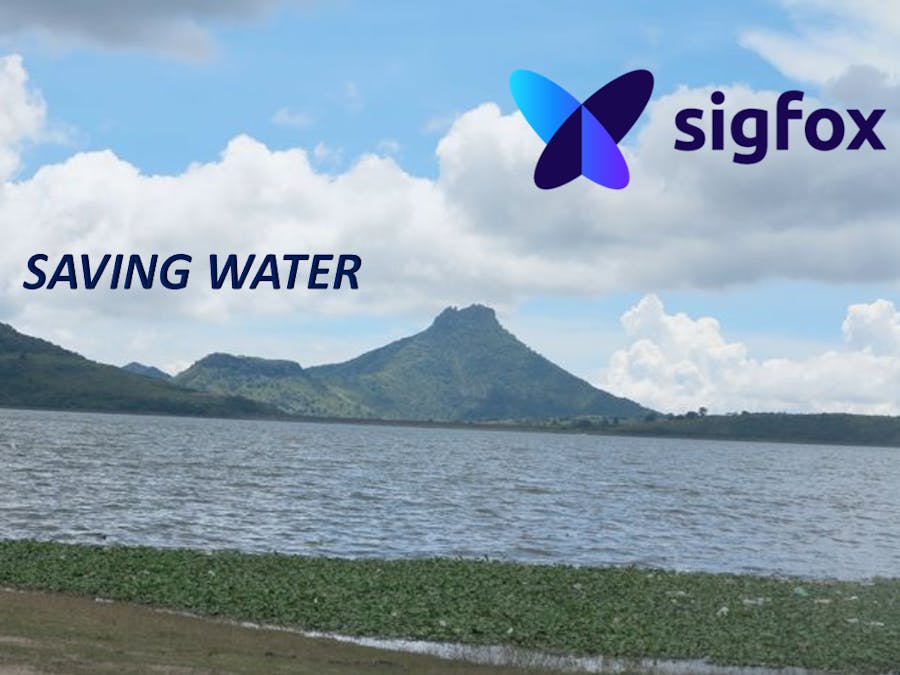Mexico city one of the thirstiest cities in the world is located at 2250 meters above the sea level, making the water supply one of the most difficult task in hydraulic engineering worldwide.
The supply of water for drinking, washing, cooking and cleaning must be pumped underground for hundreds of meters, or from a distance greater than 100 kilometers.
Worldwide, water is more valuable, and more attention is paid to it than ever before. There has never been a greater need to find new ways to approach the problem. There are few places that demonstrate the above with greater clarity than Mexico City, where this vital element runs through a system that every day becomes longer, complex and exceeded.
In Mexico city, the 38% of the potable water that enters to the city is wasted in leaks around the city. This is because two main reasons:
1- The pipe system is old.
2- Leakages are not addressed in time.
We propose an intelligent pipes system, so we can detect leaks in real-time and trigger an alarm, so we can know exactly where the leak is in the city, and turn off the water flow, just in the pipe where the leak is.
Our goal is to reduce that 38% of wasted water to about a sixth part (6%-5%).
Using machine learning we want to predict where there could be ruptures and leaks in the pipe system.
ChallengesCurrently Mexico City has many variables that have to be considered when making these changes, for example:
1. The tunnel in Mexico City does not have a total standardization and therefore the pipe diameters change in size throughout the city and this causes that the pressure does not have a constant value.
2. All the pipes in Mexico City are made of different materials and due to this we will have to design the correct valves for each of the materials.
These two reasons make the use of pressure sensors complicated because with different diameters the pressure in the pipes changes, and with different materials, the friction changes, therefor the speed in the laminar fluid (water) changes and the pressure changes:
where:
f = loss coefficient
L = length of the pipe (m)
D = diameter of the pipe (m)
V = average speed of the laminar fluid (m/s)
g = gravity acceleration (m/s^2)
hf = loss of energy because of the friction (m)
Different materials:
-PVC
-PEAD
- Ductil cast iron
- steel
- PRFV
- reinforced polyester
- Pre-stressed concrete
ModelOur model consists of four pipes that simulate the pipe system of a region in the city, the first pipe is the one in charge of supply the rest with water, the next three pipes are connected to a soleniod valve and a water level sensor.
When the sensor detects water close the electrovalve and sends data to the Sigfox backend, then the backend sends data to Amazon aws IoT and enters a table in DynamoDB.
HardwareWe use the devkit 2.0, an Arduino uno and Wisol based development board for the prototyping of the project,
Working all together
Put all devices required for this proyect :
1. Connect all the solenoid valves to the pipies.
2. Devkit 2.0 : Use the 5v of Devkit 2.0 to turn all the water sensors.
3. We connect all the signals connections of the water sensors to the Devkit 2.0.
4. Put all the solenoid valves to the relays shield and the power supply.
5. When you connect all the devices, it looks like that this:
6. We check if the information arrives into the Sigfox backend :
7. We configured the Sigfox backend to read Hexadecimal values
8. We create a callback to AWS IoT to send all the information of the sensors.
{
"device" : "{device}",
"data" : "{data}",
"S1_Agua": "{customData#hum1}",
"S2_Agua": "{customData#hum2}",
"S3_Agua": "{customData#hum3}",
"time" : "{time}",
"snr" : "{snr}",
"station" : "{station}",
"avgSnr" : "{avgSnr}",
"lat" : "{lat}",
"lng" : "{lng}",
"rssi" : "{rssi}",
"seqNumber" : {seqNumber}
}
9. Once Sigfox Backend gets the data of our sensors, it publish the information to AWS IoT Core and put it on a table on DynamoDB.
We connect the principal valve to the water station and if the Sensor detect that the level of water pass the 40%, the solenoid valve will close to save the water, avoid a leakage and send a warning message to notificate that a leakage appear.
ConclussionsDuring the realization of this project we realized that this model will help us a lot when saving water and the best of all is that we can still improve it even more, if we add vibration and resistive sensors to be able to know when a pipeline starts breaking, we can get a nice dataset and build a machine learning model to make predictions more accurately.
This prediction is a value of a possible leakage in the second pipe:
The values of X, Y, Z are the movements that the vibration sensor around the pipe.














Comments
Please log in or sign up to comment.